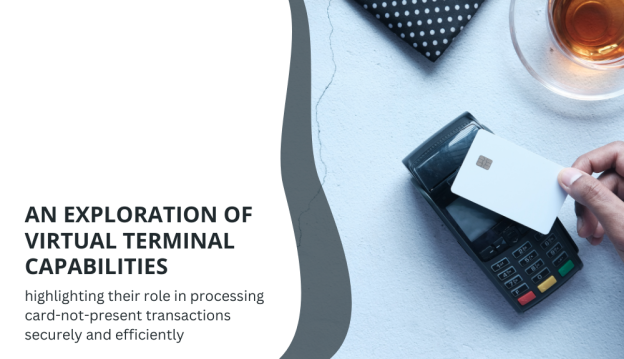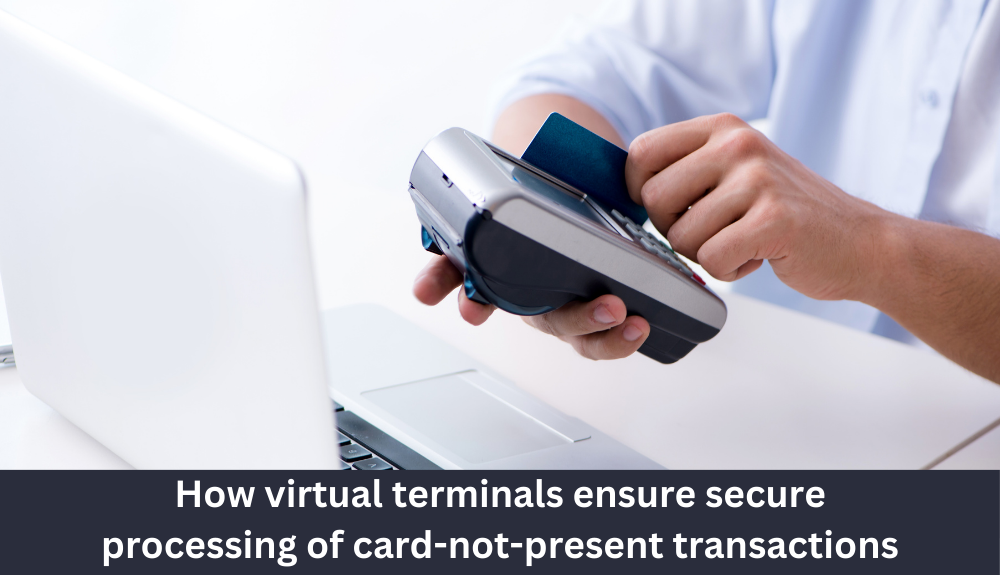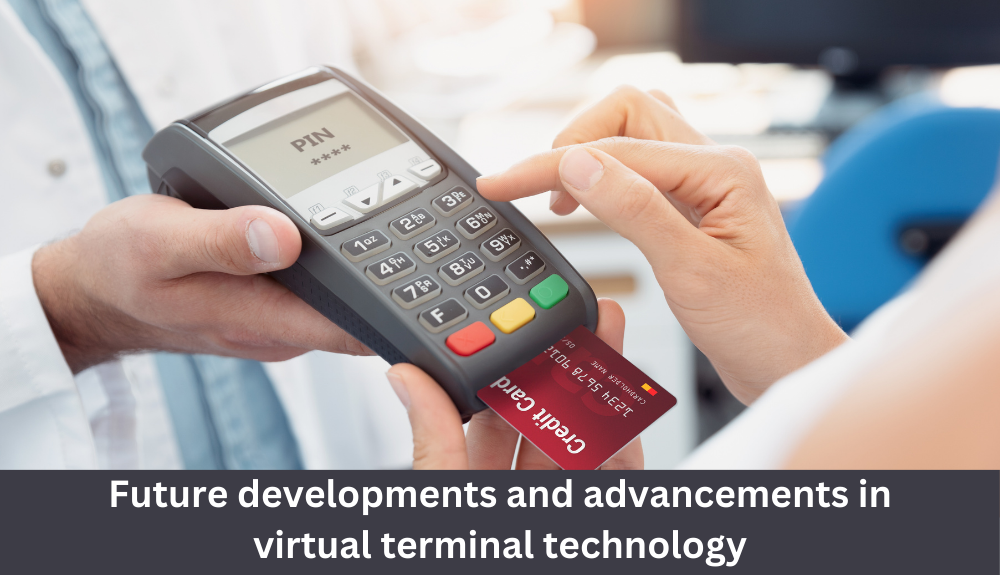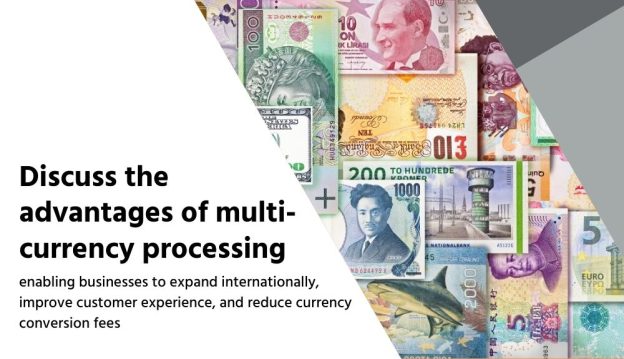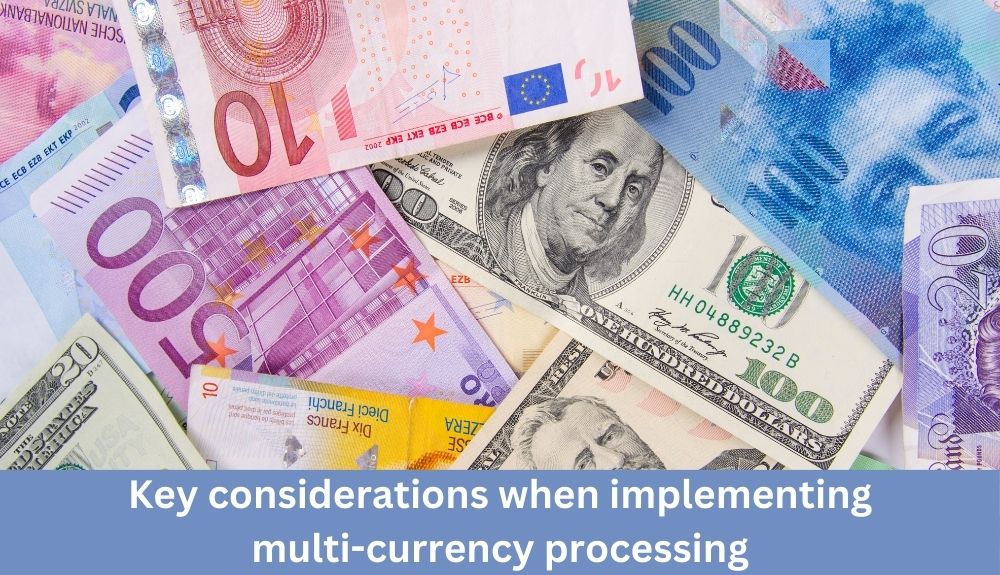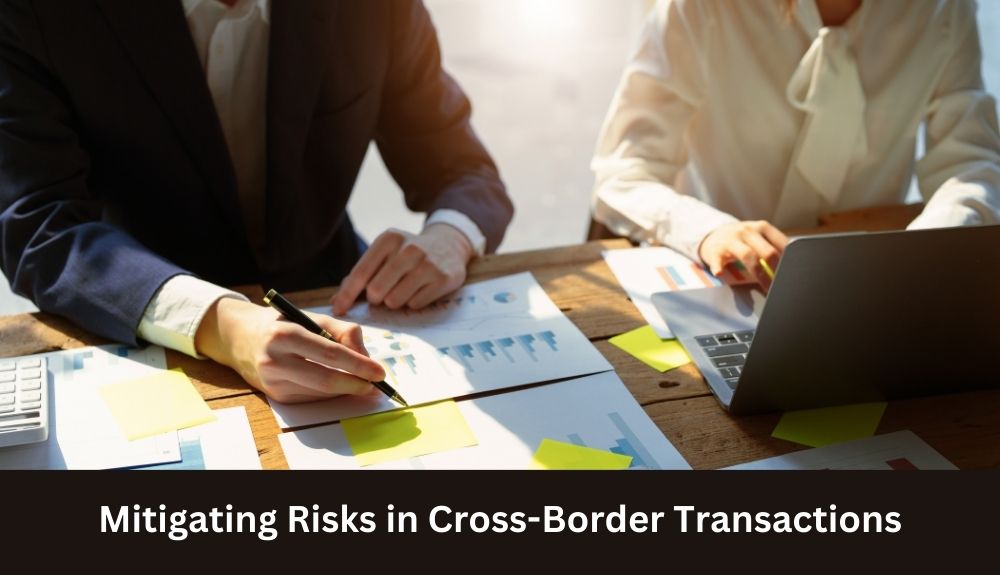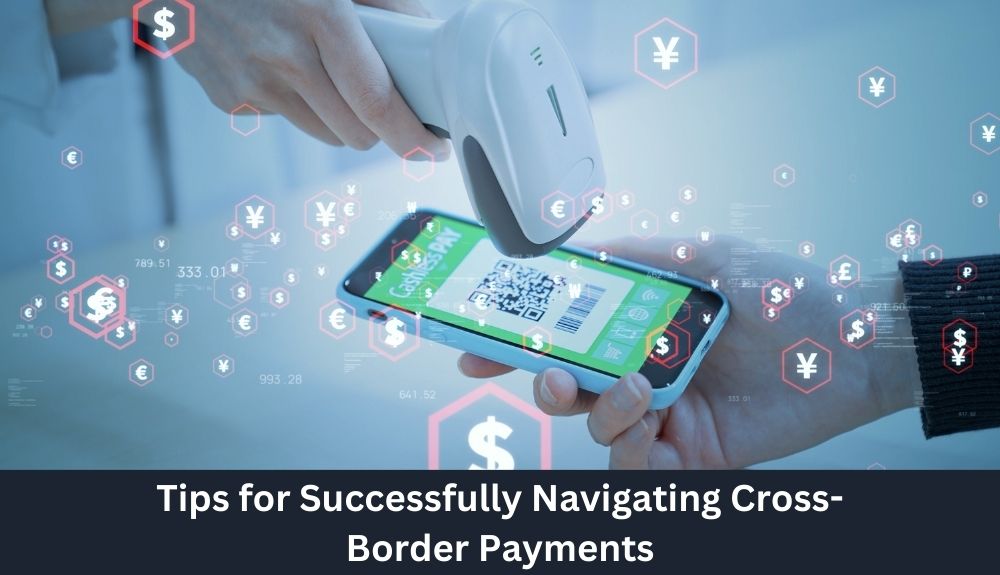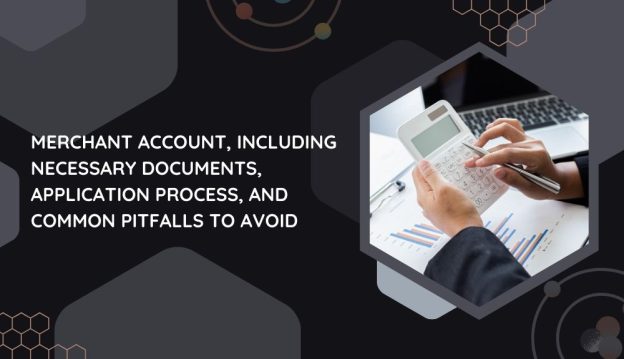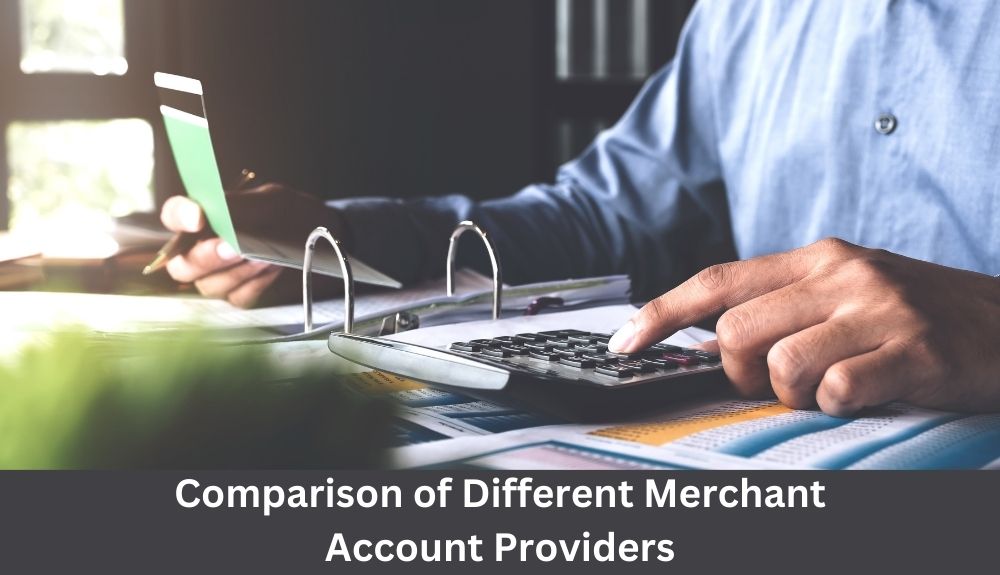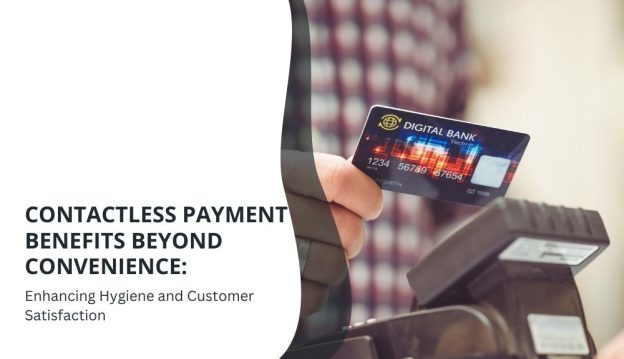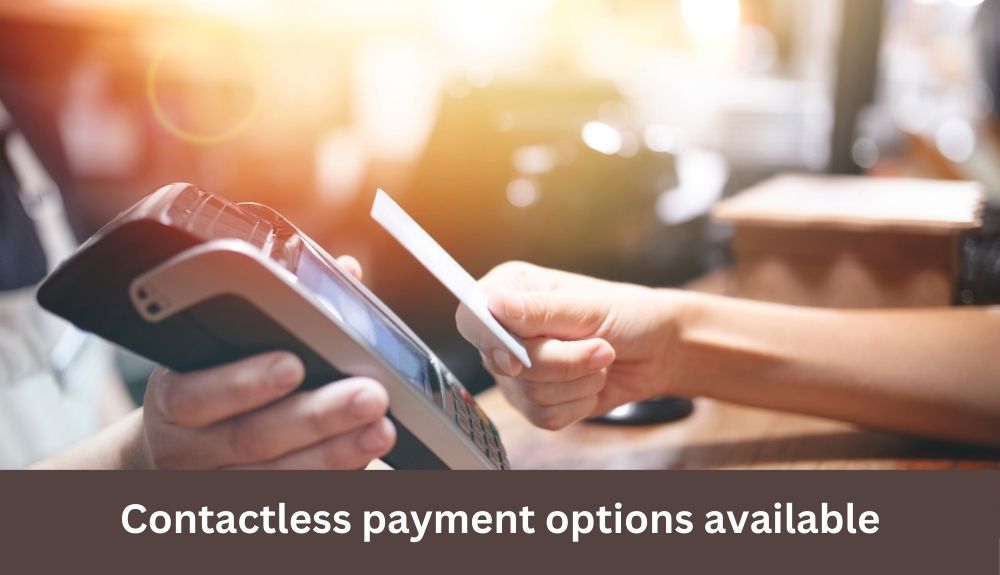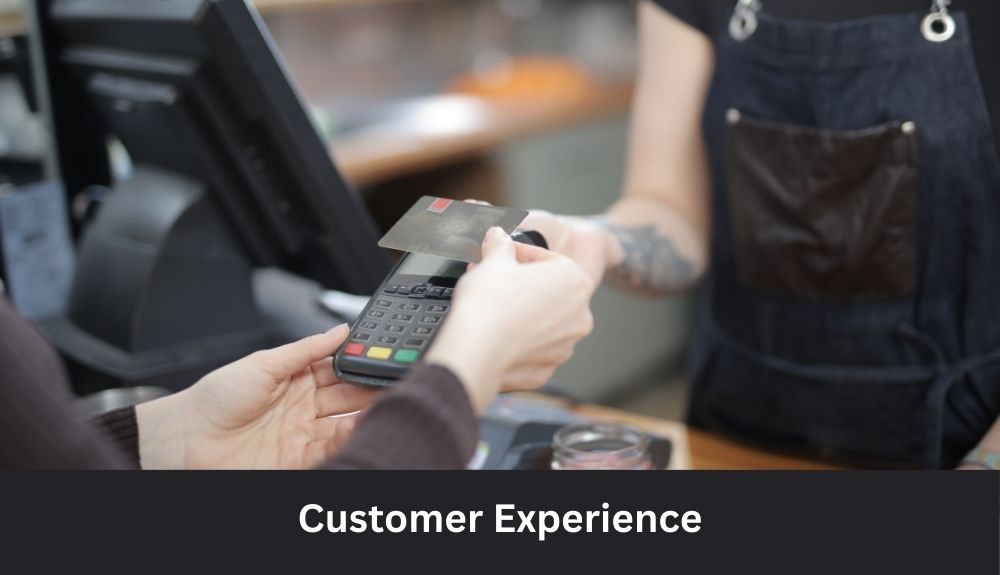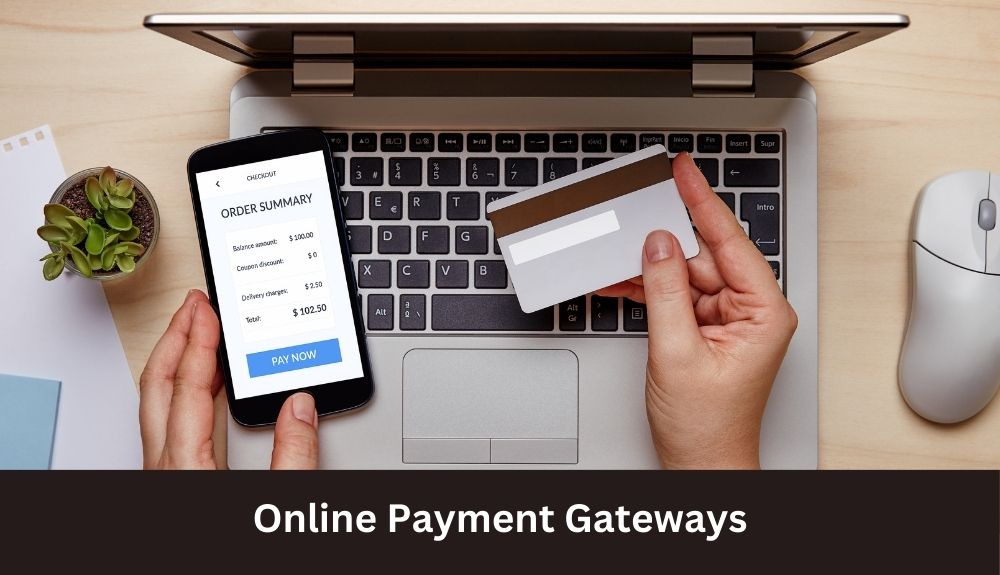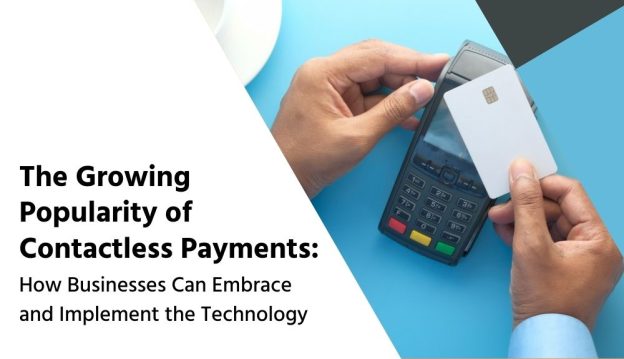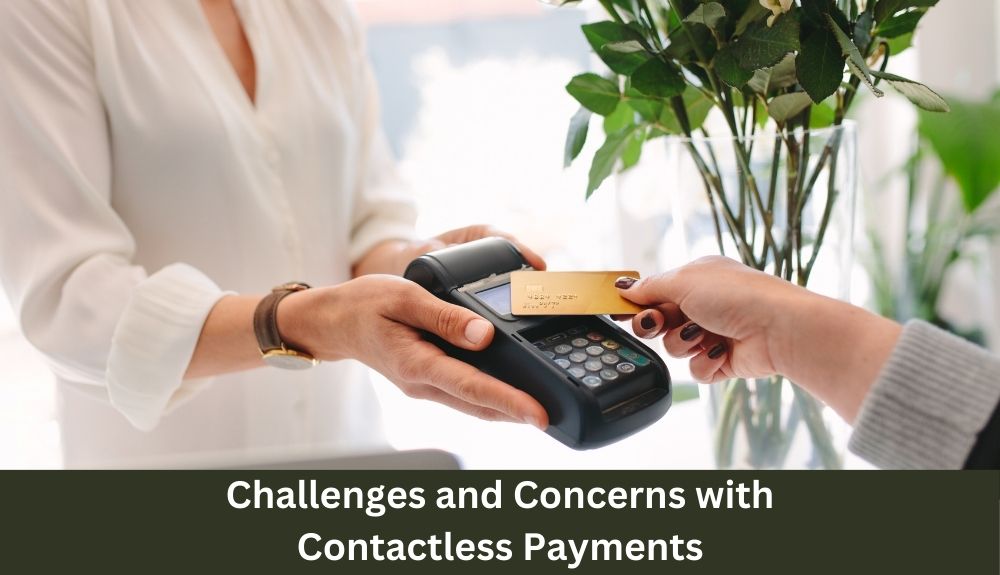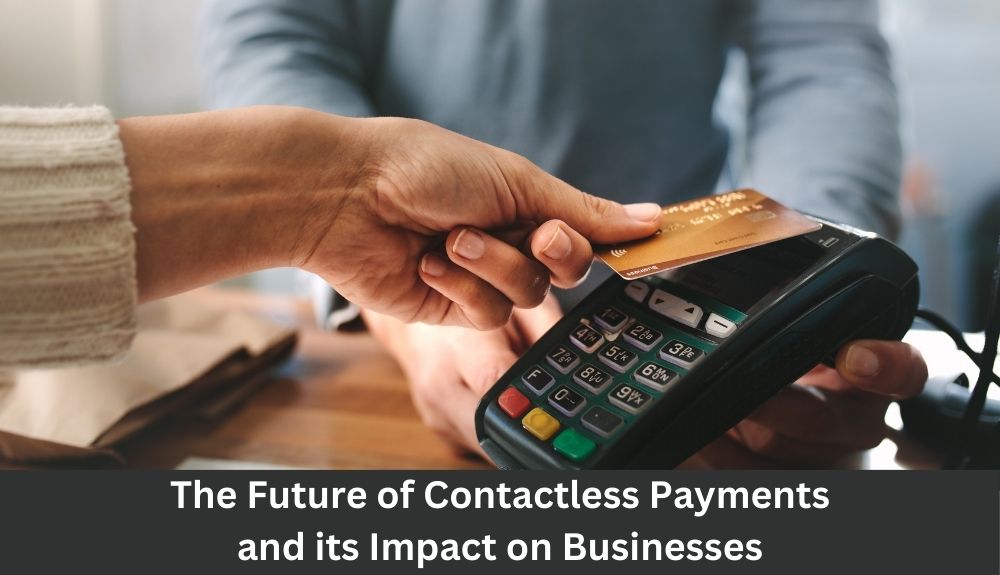Welcome to the future of payment security! In a world where cyber threats lurk around every corner, businesses are constantly seeking innovative ways to protect themselves and their customers. One such revolutionary technology making waves in the payment industry is EMV chip technology. Join us as we dive into the fascinating realm of EMV chips, explore how they combat counterfeit fraud, and uncover key considerations for businesses looking to bolster their defenses against financial theft. Let’s embark on this journey together and unlock the secrets behind EMV’s game-changing impact!
The rise of counterfeit fraud and the need for increased security
In today’s digital age, the rise of counterfeit fraud has become a significant concern for businesses and consumers alike. Criminals are constantly evolving their tactics to exploit vulnerabilities in traditional payment systems, leading to an increase in fraudulent activities.
This surge in counterfeit fraud highlights the urgent need for heightened security measures to protect sensitive financial information. With more transactions being conducted online and through various channels, the risk of falling victim to fraudulent schemes has never been higher.
Businesses must prioritize implementing robust security protocols to safeguard against unauthorized access and data breaches. Investing in advanced technologies such as EMV chip technology can help mitigate the risks associated with counterfeit fraud and provide a layer of defense against malicious actors.
As we navigate this ever-changing landscape of cyber threats, it is crucial for organizations to stay vigilant and proactive in enhancing their security posture. By staying ahead of potential threats and embracing innovative solutions, businesses can better protect themselves and their customers from falling prey to counterfeit fraud schemes.
How EMV chips work to prevent fraud
EMV chips, also known as Europay, Mastercard, and Visa chips, are small integrated circuits embedded in credit and debit cards. These chips generate unique transaction codes for each purchase made, enhancing security by preventing the replication of card information. When a chip card is used for payment at a terminal equipped with EMV technology, the chip creates a one-time code that cannot be reused or duplicated.
This dynamic authentication process makes it extremely difficult for fraudsters to clone cards or steal sensitive data during transactions. Unlike magnetic stripe cards that store static data easily copied by skimmers or hackers, EMV technology adds an extra layer of protection against counterfeit fraud. Additionally, the encryption capabilities of EMV chips make them resistant to unauthorized access attempts.
By leveraging cryptographic functions and tokenization techniques, EMV chips ensure secure transactions without exposing personal details to potential attackers. As more businesses adopt EMV terminals and consumers embrace chip-enabled cards, the overall landscape of payment security continues to evolve towards safer electronic transactions.
The impact of EMV on reducing counterfeit fraud
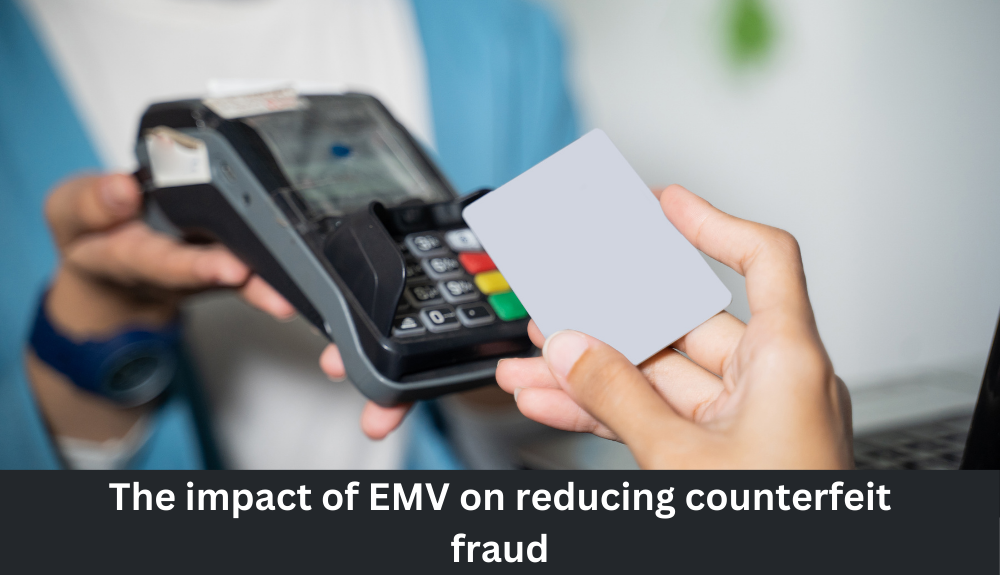
With the increasing frequency of credit card fraud incidents, businesses and consumers are seeking more secure payment methods. EMV chip technology has emerged as a game-changer in reducing counterfeit fraud. By generating unique transaction codes for each purchase, EMV chips make it extremely difficult for hackers to replicate card information.
This heightened level of security has significantly decreased instances of fraudulent transactions at point-of-sale terminals and online purchases. As a result, both businesses and customers can have peace of mind knowing that their financial data is better protected against unauthorized use.
The shift towards EMV technology marks a significant step forward in enhancing payment security across various industries. With its proven effectiveness in combating counterfeit fraud, the adoption of EMV chips continues to be crucial for safeguarding sensitive payment information.
Implementation considerations for businesses
When it comes to implementing EMV chip technology in your business, there are several key considerations to keep in mind. Assess the costs involved in upgrading your point-of-sale terminals and card readers to be compatible with EMV chips. It’s important to weigh the initial investment against the long-term benefits of increased security.
Additionally, consider training your staff on how to process transactions using EMV cards effectively. A smooth transition requires proper education and practice for all employees handling payments. Moreover, ensure that your payment processor is equipped to support EMV transactions seamlessly without any disruptions in service.
Furthermore, communicate with your customers about the shift to EMV technology and educate them on its benefits for enhanced security. Building trust and awareness among consumers can help facilitate a smoother transition period for both parties involved.
Cost and benefits analysis of implementing EMV technology
When considering the cost and benefits of implementing EMV technology for your business, it’s essential to weigh both sides carefully. The initial investment in upgrading your payment processing systems to accommodate EMV chips may seem daunting, but it’s crucial to remember the long-term benefits that come with enhanced security measures.
By embracing EMV technology, you can significantly reduce the risk of falling victim to counterfeit fraud, ultimately saving your business from potential financial losses and reputational damage. Additionally, offering a more secure payment method can boost customer trust and loyalty, leading to increased customer satisfaction and retention.
While there will be upfront costs associated with adopting EMV technology, the potential savings from mitigating fraudulent transactions and chargebacks could outweigh these expenses in the long run. Moreover, staying ahead of industry standards by implementing EMV chips demonstrates your commitment to prioritizing security for both your business and customers alike.
Tips for smooth transition to EMV chip technology
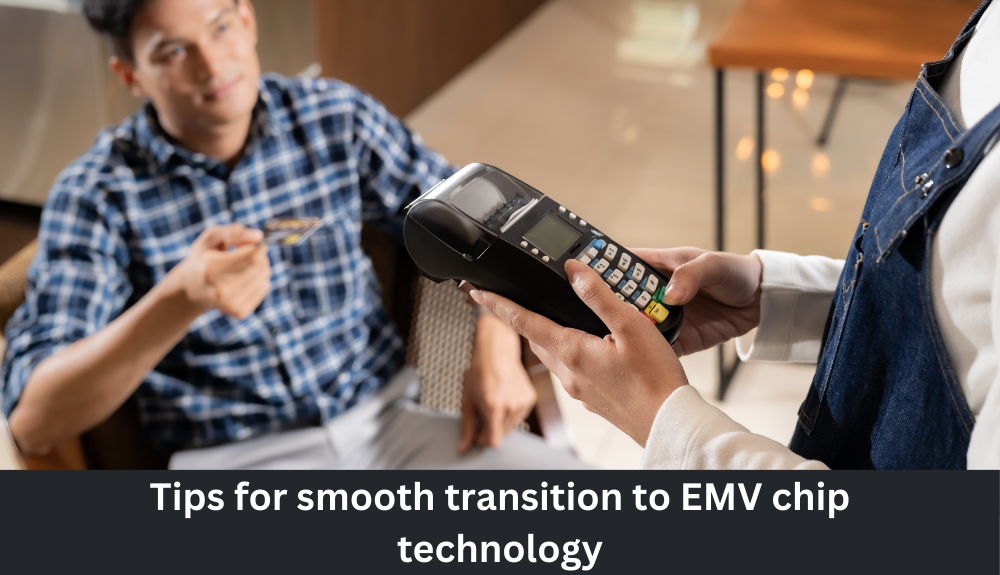
Transitioning to EMV chip technology can seem like a daunting task for businesses, but with the right approach, it can be smooth sailing. Start by educating your staff on the benefits and functionality of EMV chips. Training sessions can help them understand how to use the new technology effectively.
Next, ensure that your POS systems are compatible with EMV technology. This may require software updates or hardware upgrades, so make sure to communicate with your vendors in advance.
Consider implementing a phased approach to roll out EMV chip technology. Begin by testing the new system in one or two locations before fully integrating it across all stores.
Provide clear instructions for customers on how to use their EMV cards at checkout. Simple signage and verbal prompts can help ease the transition for both staff and customers.
Monitor and evaluate the transition process regularly to address any issues that may arise swiftly. Stay proactive in troubleshooting and seek feedback from both employees and customers throughout the implementation process.
Conclusion
EMV chip technology has significantly enhanced the security of payment transactions by reducing counterfeit fraud. Businesses that implement EMV chips not only protect themselves from financial losses but also gain the trust of their customers. While there are initial costs involved in transitioning to EMV technology, the long-term benefits far outweigh them. By following best practices and ensuring a smooth transition, businesses can seamlessly adapt to this secure payment standard and stay ahead in the fight against fraud.

